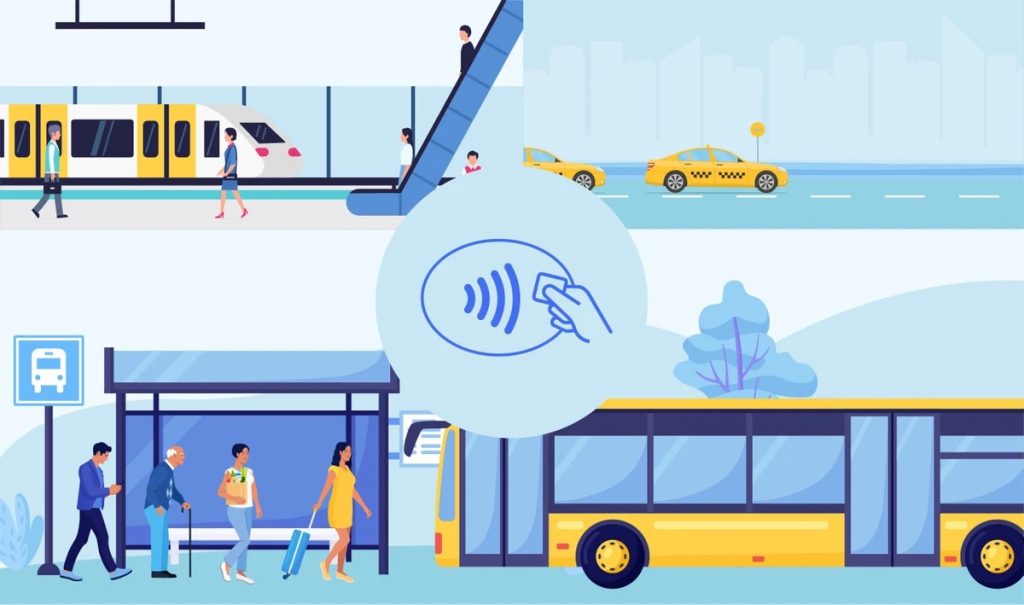Illuminating the Advantages: Why Light Rail Shines Brighter
2 min read
In today's fast-paced world, efficient and sustainable transportation systems are crucial for urban development. Light rail, also known as tram or streetcar, has emerged as a popular mode of public transportation in many cities worldwide. This article explores the multifaceted benefits of light rail, shedding light on why it outshines other transportation options.
- Environmental Sustainability:
Light rail systems are renowned for their eco-friendly nature. By utilizing electric power, they produce zero direct emissions, reducing air pollution and greenhouse gas emissions. Compared to private vehicles, light rail significantly reduces traffic congestion, leading to improved air quality and a healthier urban environment. This sustainability aspect aligns with the growing global focus on combating climate change and promoting sustainable development. - Efficient and Reliable:
One of the key advantages of light rail is its efficiency and reliability. Light rail systems often have dedicated tracks, allowing them to bypass traffic congestion and operate on a fixed schedule. Passengers can rely on the regularity and punctuality of light rail services, making it a dependable mode of transportation for daily commuting. Additionally, light rail networks are designed to connect major residential areas, business districts, and transportation hubs, providing seamless connectivity and reducing travel time. - Capacity and Accessibility:
Light rail systems have the advantage of accommodating a large number of passengers. With multiple cars and frequent services, they can transport a significant volume of commuters, reducing the strain on other modes of transportation. Moreover, light rail networks are designed to be accessible to all, including individuals with disabilities. Low-floor trams, ramps, and elevators ensure easy boarding and alighting, promoting inclusivity and enhancing the overall passenger experience. - Economic Benefits:
Investing in light rail infrastructure can yield substantial economic benefits for cities. Firstly, it stimulates job creation during the construction phase, providing employment opportunities for local communities. Secondly, light rail systems attract businesses and investments, as they enhance accessibility and connectivity. This, in turn, boosts economic growth and revitalizes urban areas along the light rail corridors. Additionally, by reducing traffic congestion and improving transportation efficiency, light rail contributes to increased productivity and cost savings for both individuals and businesses. - Safety and Comfort:
Light rail systems prioritize passenger safety and comfort. Compared to buses or cars, light rail offers a smoother and more stable ride, reducing motion sickness and discomfort. Furthermore, the separation of light rail tracks from road traffic minimizes the risk of accidents and collisions. Modern light rail vehicles are equipped with advanced safety features, such as automated braking systems and surveillance cameras, ensuring a secure and pleasant journey for passengers.
Conclusion:
Light rail has emerged as a beacon of sustainable and efficient urban transportation. Its environmental benefits, efficiency, capacity, accessibility, economic advantages, and focus on safety and comfort make it a superior choice for cities aiming to improve their transportation systems. By embracing light rail, cities can illuminate a path towards a greener, more connected, and prosperous future.
